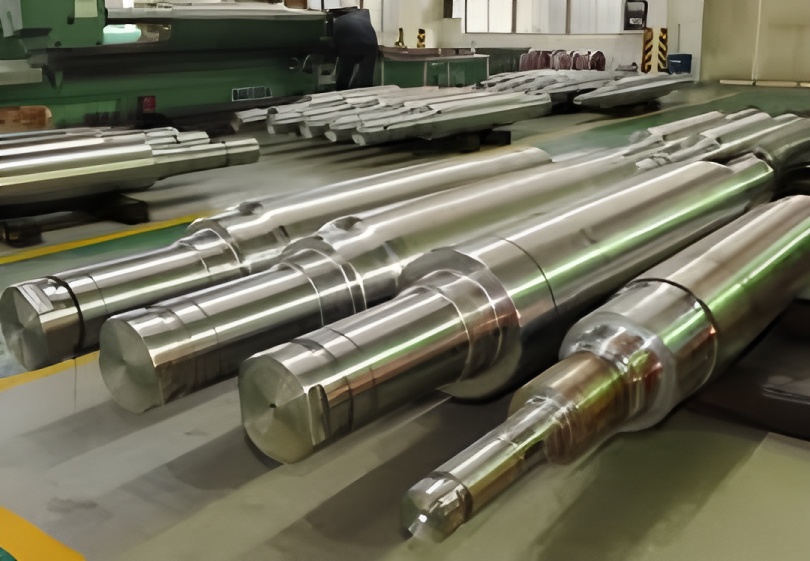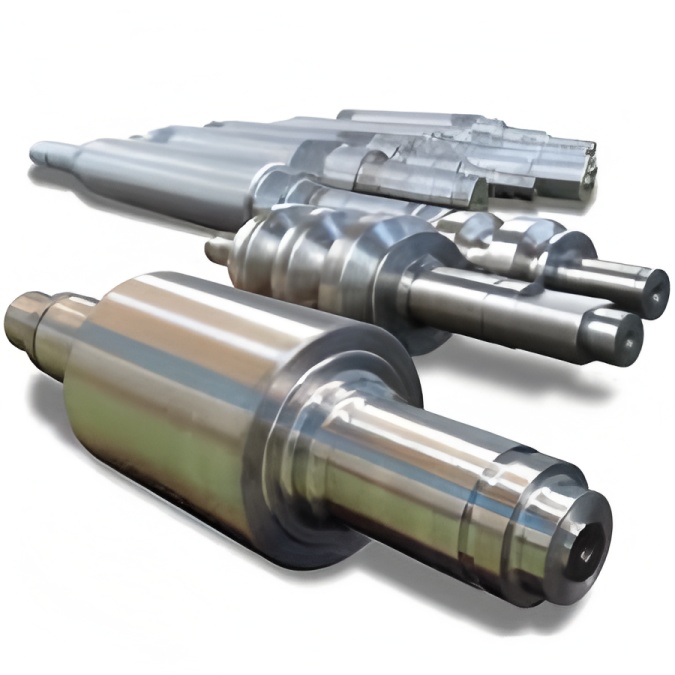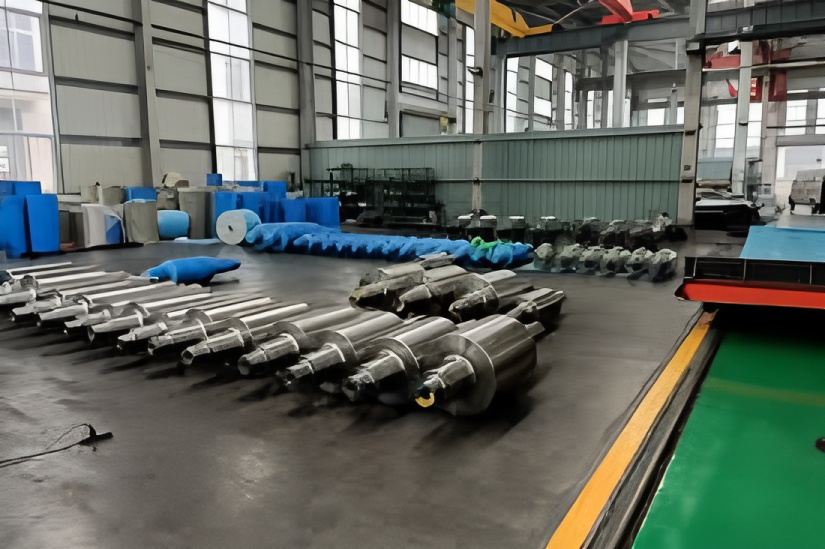The Beihai Chengde 1700 hot rolling line equipment primarily consists of two walking beam heating furnaces, post-furnace descaling, one R1 roughing mill, a hot coil box, eight finishing mills (F1 to F8), and two coilers. Since the line was fully commissioned on November 11, 2012, the proportion of 304 stainless steel in total stainless steel production has increased annually, rising from 13.60% in 2013 to 55.38% in 2016—a growth of 41.78%. However, as the share of 304 stainless steel expands rapidly, the incidence of edge rust defects has also gradually increased, significantly impacting processing costs and product quality in subsequent工序. Since the first half of 2014, extensive testing has been conducted on the edge rust issue in 304 stainless steel. Key factors influencing defect formation include roll surface quality, heating furnace temperature, strip temperature, roll temperature, and work roll cooling water pressure.
Analysis of the Formation Mechanism of Edge Rust in 304 Stainless Steel
1.1 Material Chemical Composition
The chemical composition of Beihai Chengde’s 304 austenitic stainless steel falls entirely within the ranges specified by national and American standards, confirming that the produced steel is qualified.
1.2 Characteristics and Main Formation Mechanism of Edge Rust Defects
After solution annealing and pickling, the strip edge within 40 mm exhibits a rough surface with embedded scale, distinct from adjacent normal areas. Similar roughness is observed on the roll surfaces of F1–F4 finishing mills, corresponding to the strip edge contact points. These roll defects align perfectly with strip edge defects, often featuring burrs. Thus, edge rust is also termed edge roll marks or scale defects in other stainless steel plants. The defects typically appear as continuous, full-length linear patterns within 40 mm of both strip edges, angled at 5–10° to the rolling direction, with noticeable texture.
The oxide film on F1–F4 work roll surfaces undergoes significant cyclic stress. Upon reaching fatigue limits, microcracks form and, under rolling stress, cause the oxide film to peel. Detached scale adheres to the strip surface and is embedded during subsequent passes, forming edge rust defects. Additionally, after oxide film detachment, the roughened roll surface abrades the strip in the deformation zone, exposing the substrate to high-temperature steam and oxidizing it into tertiary scale, which is then rolled into the strip.
Process Factors Influencing Edge Rust
2.1 Impact of Roll Surface Oxide Film Formation
Edge rust defects originate mainly from roll edge imperfections transferred to the strip. Rougher roll surfaces exacerbate oxide film damage and peeling, worsening edge rust. Addressing roll edge roughness in F1–F4 stands is critical.
During 304 rolling, strip temperature drops significantly, especially at the edges (80–120°C lower than the center). The composition similarity between 304 (high Ni/Cr) and F1–F4 roll materials (high-Cr iron) promotes strip-roll adhesion.
Statistical analysis shows that heating temperature and finishing mill entry temperature greatly influence edge rust. Increasing heating temperature and ensuring finishing entry temperature are effective countermeasures.
In February 2017, the average finishing entry temperature for 304 coils was 1031.7°C; for coils with edge rust, it was 1014°C, notably lower.
Data from August 2015 confirmed that higher finishing entry temperatures reduced edge rust incidence.
Excessive rolling force harshly affects roll surfaces, causing burrs at 5–10° to the rolling direction, which imprint on the strip. Analysis of August 2015 data showed higher F1–F4 rolling forces in schedules with edge rust. Reducing F2 and F3 loads improved the issue; high overall F1–F4 forces increased defects.
Work roll cooling water temperature fluctuates widely (29–42°C) in production, affecting the oxide film state on F1–F4 rolls after shutdown.
Control Methods and Process Improvements
(a) Improve Roll Surface Oxide Film
To prevent oxide film peeling, establish and protect the film. After roll installation, follow ironing procedures: for the first five strips post-roll change, maintain a rolling rhythm of 4.4–5.0 min/piece; thereafter, 3.0–4.2 min/piece.
Regularly inspect for frame leaks, water cut-off plate issues, and nozzle blockages.
Increase heating temperature for 304 grades to ensure finishing entry temperature and reduce rolling force. Control heating near the upper process limit; if tapping temperature is low, maintain heat or slow rolling rhythm.
(b) Reduce F1–F4 Rolling Force and Optimize Load Distribution
Lower overall F1–F4 force and balance distribution across F1–F8. If oxide film peeling or burrs are severe on a specific stand, reduce its force. Check if low strip temperature causes high F1–F4 force.
(c) Implement Custom Work Roll Cooling Water Processes
Adjust cooling water pressure and flow based on temperature: for single-furnace production, maintain 3.0–4.2 Bar; for double-furnace, 5.6–6.6 Bar.
(d) Enhance Roll Quality and Promote High-Speed Steel Rolls
Avoid high-Ni-Cr rolls for F1–F4; prefer high-Cr iron rolls. Ideally, use high-speed steel rolls for all F2–F4 stands when rolling 304.
(e) Introduce Finishing Mill Lubrication System
The absence of a rolling lubricant system on the 1700 line compromises roll surface quality. Adding such a system would significantly improve it.
Conclusion
(1) Raising heating temperature and ensuring finishing entry temperature effectively reduce 304 edge rust.
(2) Lowering F1–F4 rolling force and optimizing load distribution alleviates the issue.
(3) Enhancing the oxide film on F1–F4 rolls and minimizing peeling can control edge rust.
(4) Establishing a robust process system for 304 stainless steel and strict adherence are essential.



